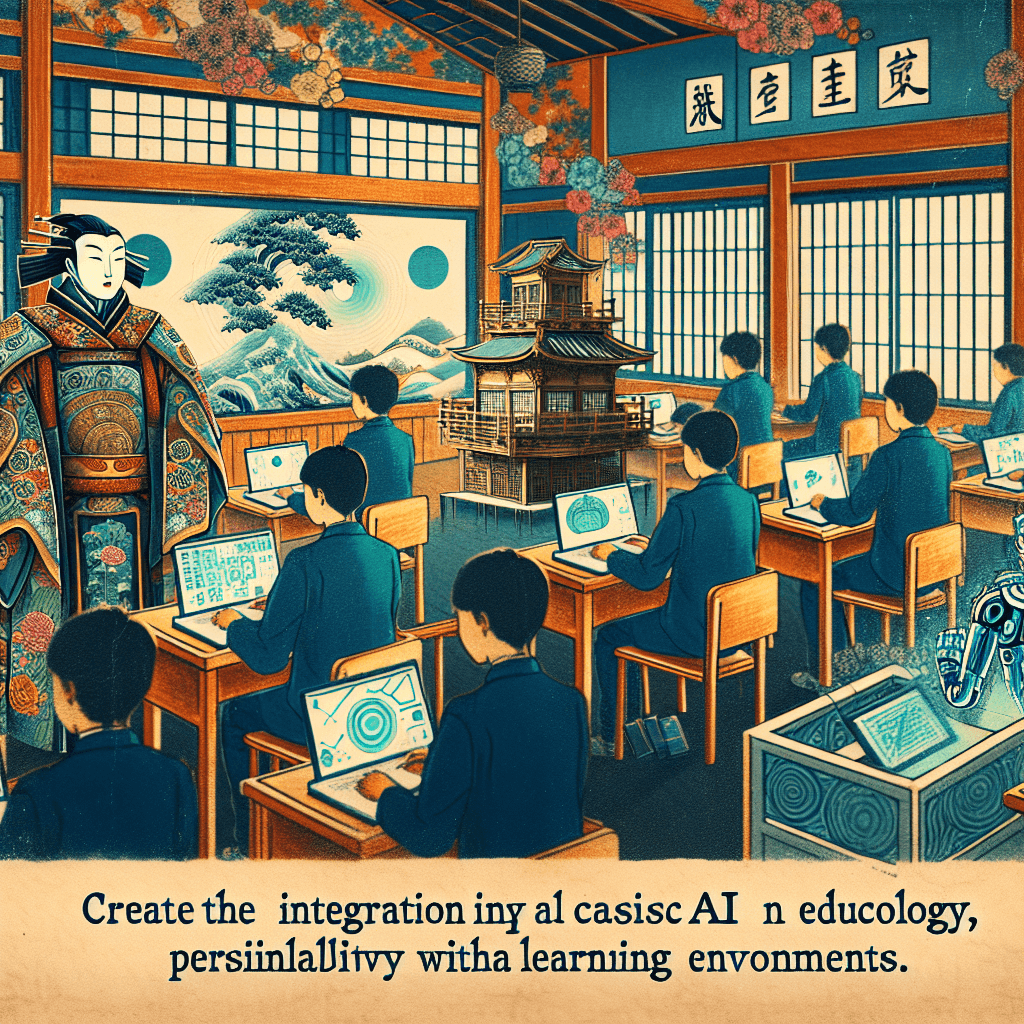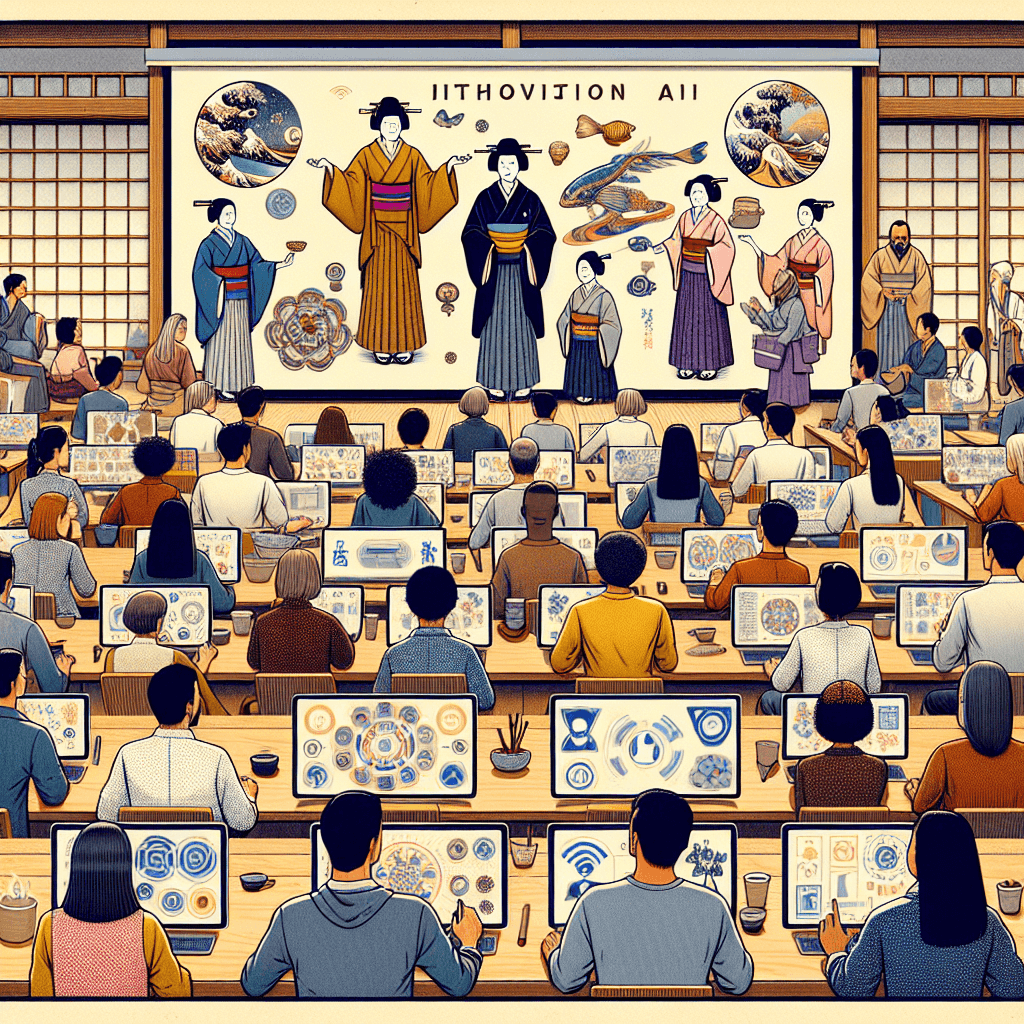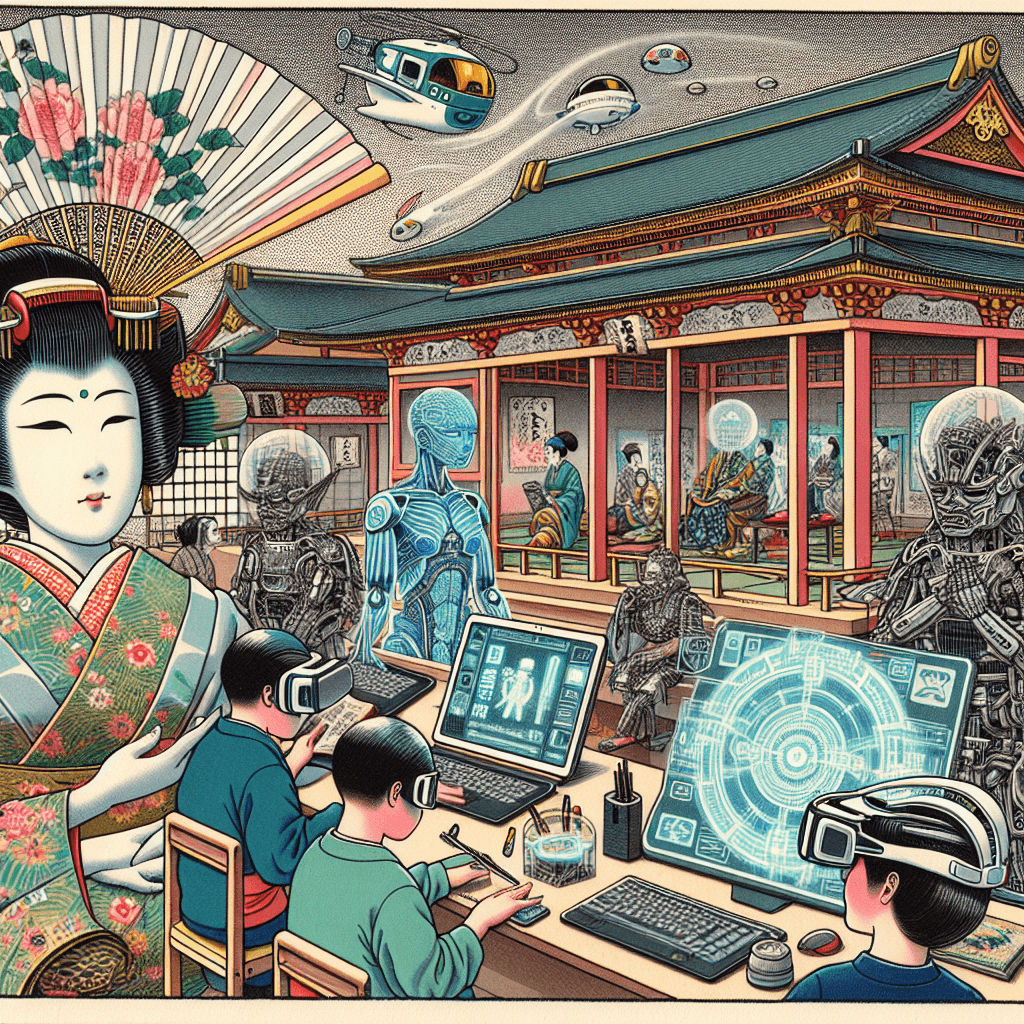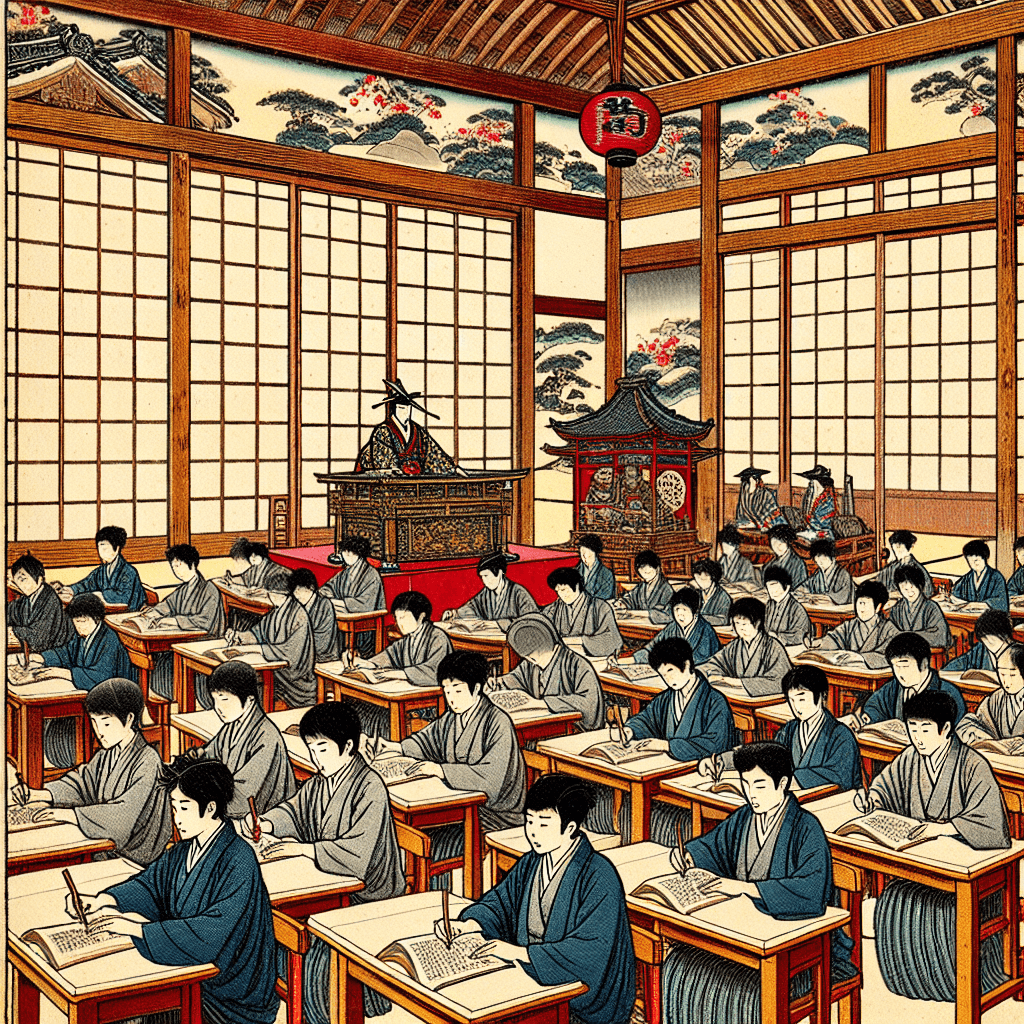Exploring the Future of EdTech: A Comprehensive Content Series
syndu | Sept. 14, 2024, 10:02 p.m.
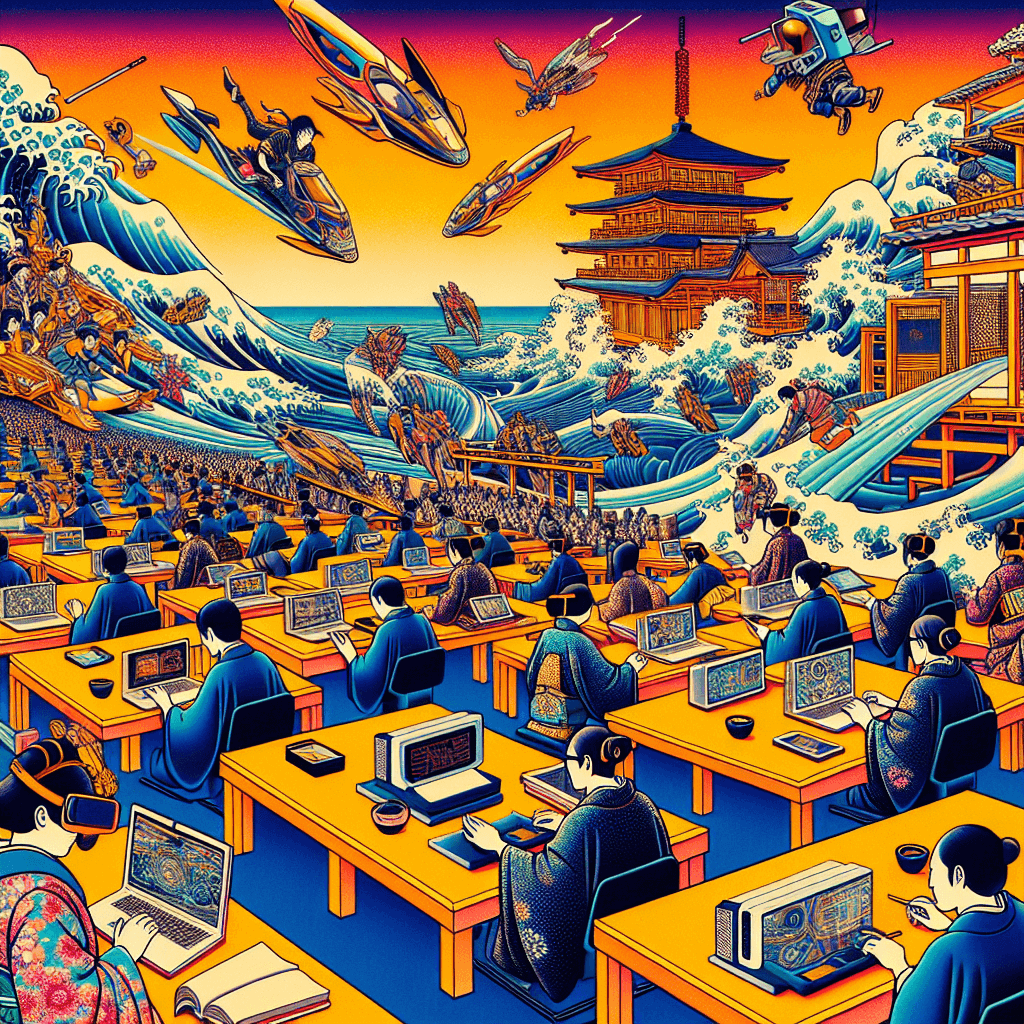
Exploring the Future of EdTech: A Comprehensive Content Series
Introduction to EdTech
Title: "The Evolution of EdTech: From Chalkboards to AI"Introduction:
The landscape of education has undergone a significant transformation over the past few decades. From the humble chalkboard to the sophisticated AI-driven platforms, educational technology (EdTech) has continuously evolved to meet the changing needs of learners and educators. This blog post will take you on a journey through the history of EdTech, highlighting key milestones and current trends that are shaping the future of education.
Key Points:
- Historical Milestones:
- 1960s: Introduction of PLATO (Programmed Logic for Automated Teaching Operations), one of the first computer-assisted instruction systems.
- 1980s: The advent of personal computers in classrooms, revolutionizing access to digital learning tools.
- 1990s: The rise of the internet, enabling online courses and digital resources.
- 2000s: Development of Learning Management Systems (LMS) like Blackboard and Moodle.
- 2010s: Emergence of Massive Open Online Courses (MOOCs) and AI-driven learning platforms.
- Current Trends:
- Integration of AI and machine learning to personalize learning experiences.
- Use of Virtual Reality (VR) and Augmented Reality (AR) for immersive learning.
- Adoption of gamification to enhance student engagement.
- Implementation of blockchain for secure credentialing and student records.
The landscape of education has undergone a significant transformation over the past few decades.
Visual Metaphors:
- A timeline graphic showing the evolution of educational technology.
- Images of historical educational tools (chalkboards, early computers) transitioning to modern tools (tablets, VR headsets).
AI in Education
Title: "How AI is Revolutionizing the Classroom"Introduction:
Artificial Intelligence (AI) is transforming various sectors, and education is no exception. The integration of AI in classrooms is revolutionizing the way students learn and teachers teach, making education more personalized, efficient, and accessible. This blog post explores the applications of AI in education, highlighting specific AI tools used in classrooms and their impact on learning.
Key Points:
- Personalized Learning:
- AI algorithms analyze students' learning patterns and preferences to create customized learning paths.
- Tools like DreamBox, Smart Sparrow, and Knewton use AI to adapt lessons in real-time based on student performance.
- Intelligent Tutoring Systems:
- AI-powered tutoring systems offer one-on-one assistance to students, helping them understand complex concepts.
- Examples include Carnegie Learning's MATHia and Duolingo.
- Automated Grading and Assessment:
- AI can automate the grading process, saving teachers time and providing students with instant feedback.
- Tools like Gradescope and Turnitin use AI to grade assignments and detect plagiarism.
- Virtual Classrooms and AI Assistants:
- AI-powered virtual classrooms facilitate remote learning by providing interactive and engaging online environments.
- Examples include platforms like Coursera and edX.
Visual Metaphors:
- Infographic showing AI applications in education.
- Screenshots of AI-driven educational tools and platforms.
Virtual and Augmented Reality
Title: "Immersive Learning: The Role of VR and AR in Education"Introduction:
Virtual Reality (VR) and Augmented Reality (AR) are revolutionizing the educational landscape by providing immersive learning experiences that enhance student engagement and understanding. These technologies bridge the gap between theoretical knowledge and practical application, making learning more interactive and enjoyable. This blog post explores the applications of VR and AR in education, highlighting specific case studies and their impact on learning.
Key Points:
- Enhanced Engagement and Motivation:
- VR and AR create immersive experiences that capture students' attention and make learning more engaging.
- Tools like Google Expeditions and Nearpod VR allow students to take virtual field trips to historical sites, outer space, or inside the human body.
- Interactive and Experiential Learning:
- VR and AR enable experiential learning by allowing students to interact with 3D models and simulations.
- Applications like zSpace and Merge Cube offer interactive 3D models for subjects like biology, physics, and chemistry.
- Personalized Learning:
- VR and AR can be tailored to individual learning needs, providing personalized learning experiences.
- Platforms like ClassVR and CoSpaces Edu offer customizable VR and AR experiences.
- Collaboration and Social Learning:
- VR and AR facilitate collaborative learning by enabling students to work together in virtual environments.
- Tools like Engage and AltspaceVR provide virtual classrooms and meeting spaces.
Visual Metaphors:
- Images of students using VR headsets.
- Screenshots of AR applications in the classroom.
Personalized Learning
Title: "Tailoring Education: The Rise of Personalized Learning"Introduction:
Personalized learning is revolutionizing the educational landscape by tailoring educational experiences to meet the unique needs, strengths, and interests of each student. This approach moves away from the traditional one-size-fits-all model, offering a more individualized and student-centered learning experience. This blog post explores the concept of personalized learning, its benefits, challenges, and the technologies driving its implementation.
Key Points:
- Enhanced Student Engagement:
- Personalized learning increases student engagement by aligning educational content with their interests and learning styles.
- Improved Academic Outcomes:
- By addressing individual learning gaps and providing targeted support, personalized learning can lead to improved academic performance.
- Development of Self-Regulated Learners:
- Personalized learning encourages students to take ownership of their learning, fostering self-regulation and lifelong learning skills.
- Flexibility and Pacing:
- Students can learn at their own pace, allowing them to spend more time on challenging concepts and move quickly through material they have already mastered.
- Data-Driven Instruction:
- Personalized learning leverages data to inform instruction, ensuring that it is responsive and effective.
Visual Metaphors:
- Diagrams showing personalized learning paths.
- Screenshots of adaptive learning platforms.
Future Trends in EdTech
Title: "What’s Next? Predicting the Future of EdTech"Introduction:
The landscape of educational technology (EdTech) is rapidly evolving, driven by advancements in technology and a growing recognition of the need for innovative approaches to education. As we look to the future, several emerging trends and developments are poised to shape the EdTech sector, transforming how we teach and learn. This blog post explores these trends, their potential impact, and what the future holds for EdTech.
Key Points:
- Artificial Intelligence and Machine Learning:
- Personalized learning experiences and intelligent tutoring systems.
- Predictive analytics to identify at-risk students and tailor interventions.
- Virtual and Augmented Reality (VR/AR):
- Immersive learning experiences and remote collaboration.
- Blockchain Technology:
- Secure credentialing and decentralized learning platforms.
- Gamification:
- Engaging learning environments and skill development through game-based learning.
- Internet of Things (IoT):
- Smart classrooms and enhanced accessibility for students with disabilities.
Visual Metaphors:
- Infographic predicting future trends in EdTech.
- Images of futuristic classroom technologies.
Conclusion
This content series provides a comprehensive exploration of the future of EdTech, highlighting the evolution, current applications, and future trends in educational technology. By understanding these developments, educators, students, and stakeholders can better prepare for the transformative changes that lie ahead in the world of education.
